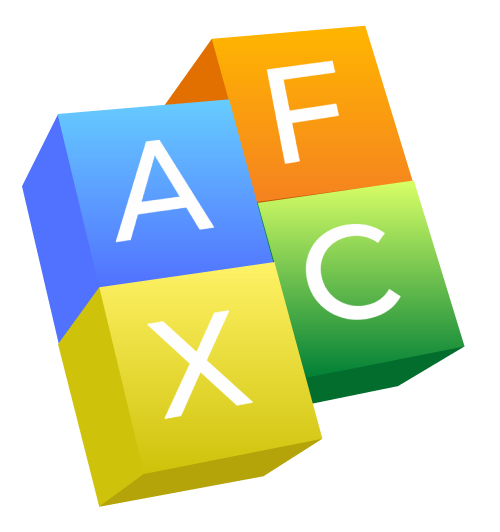The IMF Denotes Bitcoin, Ethereum And XRP As “Quasi-Monetary Units”
December 3, 2020Big SPAC News
December 3, 2020Sharding is a method of dividing and storing a single logical set of data in the form of multiple databases. Another definition of sharding is horizontal data partitioning.When and who invented sharding?The concept of sharding has been applied in the management of traditional centralized databases since the late 1990s. The term “shard” (fragment) was popularized by one of the first massively multiplayer online role-playing games, Ultima Online, in which the developers assigned players to different servers (different “worlds” in the game) to cope with traffic.A popular scenario for using sharding in business is dividing the user database by geographic location. Users belonging to one geographic location are combined into one group and placed on a unique server.What is sharding in the context of blockchain?Blockchain is a database with nodes representing individual servers. About blockchain, sharding means dividing the blockchain network into individual segments (shards). Each shard contains a unique set of smart contracts and account balances.A node is assigned to each shard that verifies transactions and operations, as opposed to a scheme in which each node is responsible for verifying every transaction in the entire network.Dividing the blockchain into more manageable segments allows to increase transaction throughput and thereby solve the scalability problem faced by most modern blockchains.How does sharding work?Explanation of the example of Ethereum:The Ethereum blockchain consists of thousands of computers or nodes, each of which “lends” a certain amount of hash rate to the network. It is this hash rate that allows the Ethereum Virtual Machine (EVM) to function — to execute smart contracts and manage decentralized applications (DApps).Ethereum currently operates on a sequential execution basis in which each of the nodes must calculate each operation and process each transaction. Therefore, it takes a significant amount of time for a transaction to complete the verification process: Ethereum…
